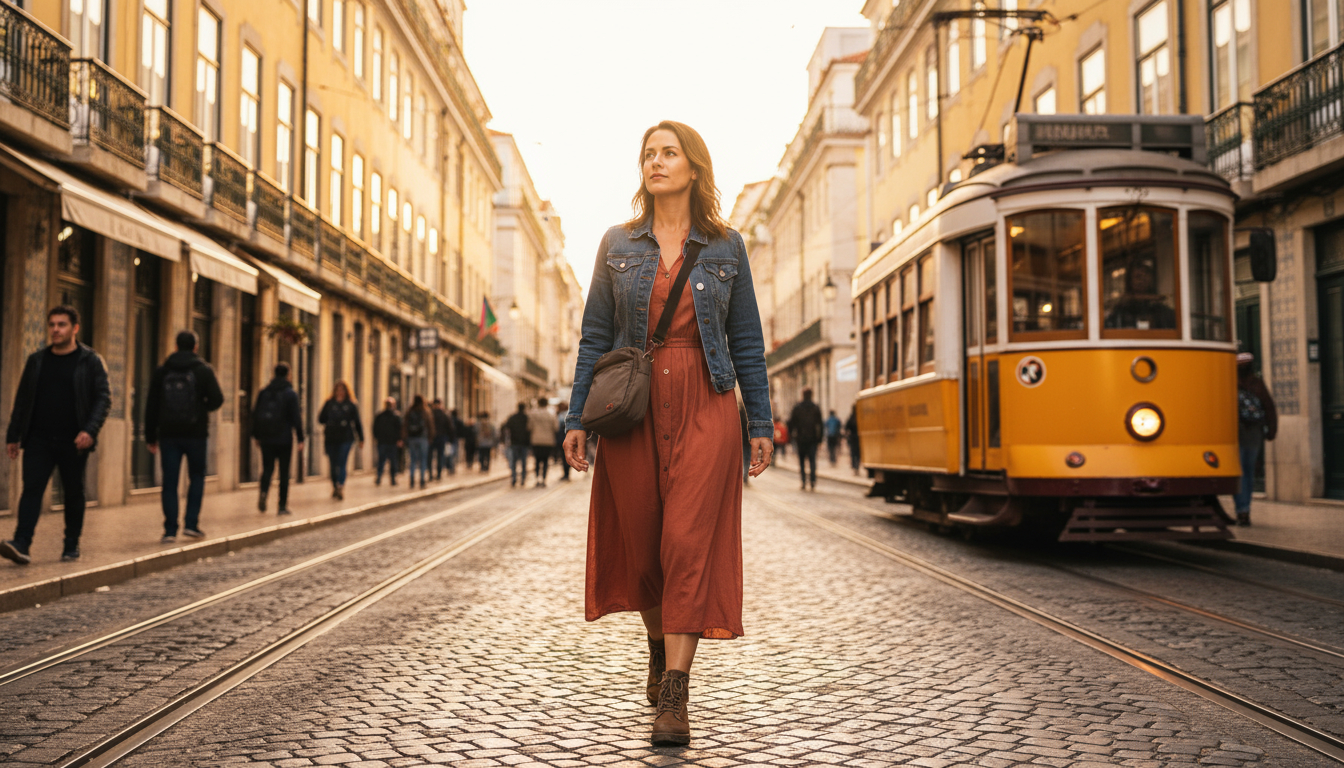The rise of solo female travel is one of the most exciting trends in the travel industry, symbolizing a profound desire for independence, self-discovery, and unfiltered exploration. However, venturing out alone requires a heightened level of awareness and preparation. While the world is generally welcoming, equipping yourself with a robust set of solo travel safety tips for women explorers is essential for maintaining confidence and managing risk.
Safety for women traveling alone is not about fear; it’s about empowerment through knowledge and foresight. This comprehensive guide moves beyond basic precautions to offer advanced strategies involving technological tools, psychological awareness, and practical tips drawn from the experiences of seasoned female adventurers. By mastering these techniques, women can travel the world confidently, transforming potential anxieties into exhilarating freedoms.
Phase 1: Pre-Departure Preparation and Digital Defense
Effective safety begins weeks before the trip, focusing on research, documentation, and digital security. These initial steps are the foundation of all solo travel safety tips for women explorers.
1. In-Depth Destination Research
Go beyond standard tourist guides. Research local customs, dress codes, and social norms, particularly regarding women. Pay attention to reviews from other female solo travelers on platforms and forums. Specifically, find out:
- Transportation Safety: Which rideshare apps are safe? Are there ‘women-only’ carriages on subways or buses? What are the standard taxi rates to avoid being overcharged?
- Safe Neighbourhoods: Identify areas that are safe for walking alone at night and areas that are best avoided after dark.
2. Documentation and Digital Security
- Digitalize Everything: Keep copies of your passport, visa, and insurance in a password-protected cloud account (like Google Drive) and a separate offline location (like a USB stick).
- “Family Check-in” Plan: Establish a clear check-in schedule with a trusted contact back home. Agree on specific times and a “code word” or phrase that signals you are in trouble and requires immediate action.
- VPN Use: Always use a Virtual Private Network (VPN) when connecting to public Wi-Fi networks (hotels, cafes) to protect sensitive data like banking or personal login information.
Phase 2: In-Transit and Accommodation Safety
Arrival and accommodation are the two areas where women travelers are often most vulnerable. These practical solo travel safety tips for women explorers focus on reducing immediate risks.
3. Managing Arrivals and First Impressions
- Pre-Arrange Transport: Never rely on finding an unfamiliar taxi driver at the airport. Pre-book a certified airport transfer or use a known, established rideshare service before you land.
- Arrival Time: Plan to arrive at your destination or accommodation during daylight hours. Navigating unfamiliar streets or dealing with a problematic hotel check-in is infinitely easier and safer when the sun is out.
4. Accommodation Tactics
Whether staying in a hostel or a hotel, a few simple actions boost security:
- Hostels: Choose women-only dorms. Even if you book a private room, check that the lock works properly.
- Hoteluri: Never tell hotel staff you are traveling alone. When checking in, if the desk clerk says your room number aloud, ask them to whisper or write it down.
- Door Security: Always use a portable door lock (a small, inexpensive gadget) on your hotel or rental door in addition to the standard lock and deadbolt. This provides an extra layer of physical protection, a key element of solo travel safety tips for women explorers.
Phase 3: Psychological Awareness and Intuition
The most powerful tool a solo female traveler possesses is her intuition. Learning to trust your gut feeling is non-negotiable.
5. Trust Your Inner Alarm System
If a situation, person, or location feels wrong, leave immediately. Don’t wait to rationalize or feel guilty about being “rude.” Your personal safety is the top priority. This could mean getting off a bus one stop early, leaving a restaurant, or changing a reservation on the spot. Seasoned travelers know that ignoring a bad feeling is the most common safety lapse.
6. The Confidence Factor
Carrying yourself with confidence is a powerful deterrent. Even if you are completely lost, avoid looking confused or vulnerable.
- Navigation: If you need to check a map, step into a cafe or shop first. Do not stand on a street corner staring down at your phone.
- Dress: While respecting local norms, wear clothing that makes you feel comfortable, covered (if appropriate), and ready to move quickly if necessary.
Phase 7: Nighttime and Socializing
Nighttime often brings different risks. Socializing is a huge part of solo travel, but it must be done with awareness.
7. Safety in Socializing
- Drinks: Never leave your drink unattended. Always watch it being poured. If you accept a drink from someone new, ensure you are drinking it together and you trust the source.
- Sharing Plans: Be vague about your accommodation. When meeting new people, say you are staying “in the downtown area” rather than giving the specific hotel name or rental address.
- Night Walks: If possible, stick to well-lit main roads. Use your phone’s map app to confirm your location, but keep your phone secured in a cross-body bag or inside pocket.
By integrating these comprehensive solo travel safety tips for women explorers into your routine, you move from merely reacting to potential threats to proactively designing a safe, empowering, and unforgettable travel experience. Preparation is the bridge between anxiety and the freedom of the open road.


